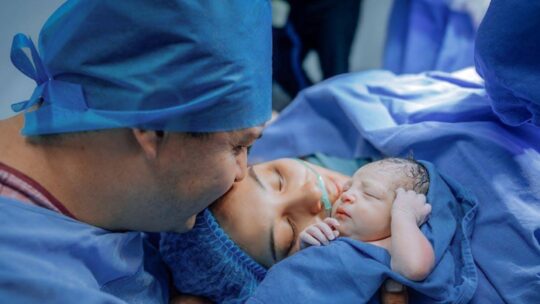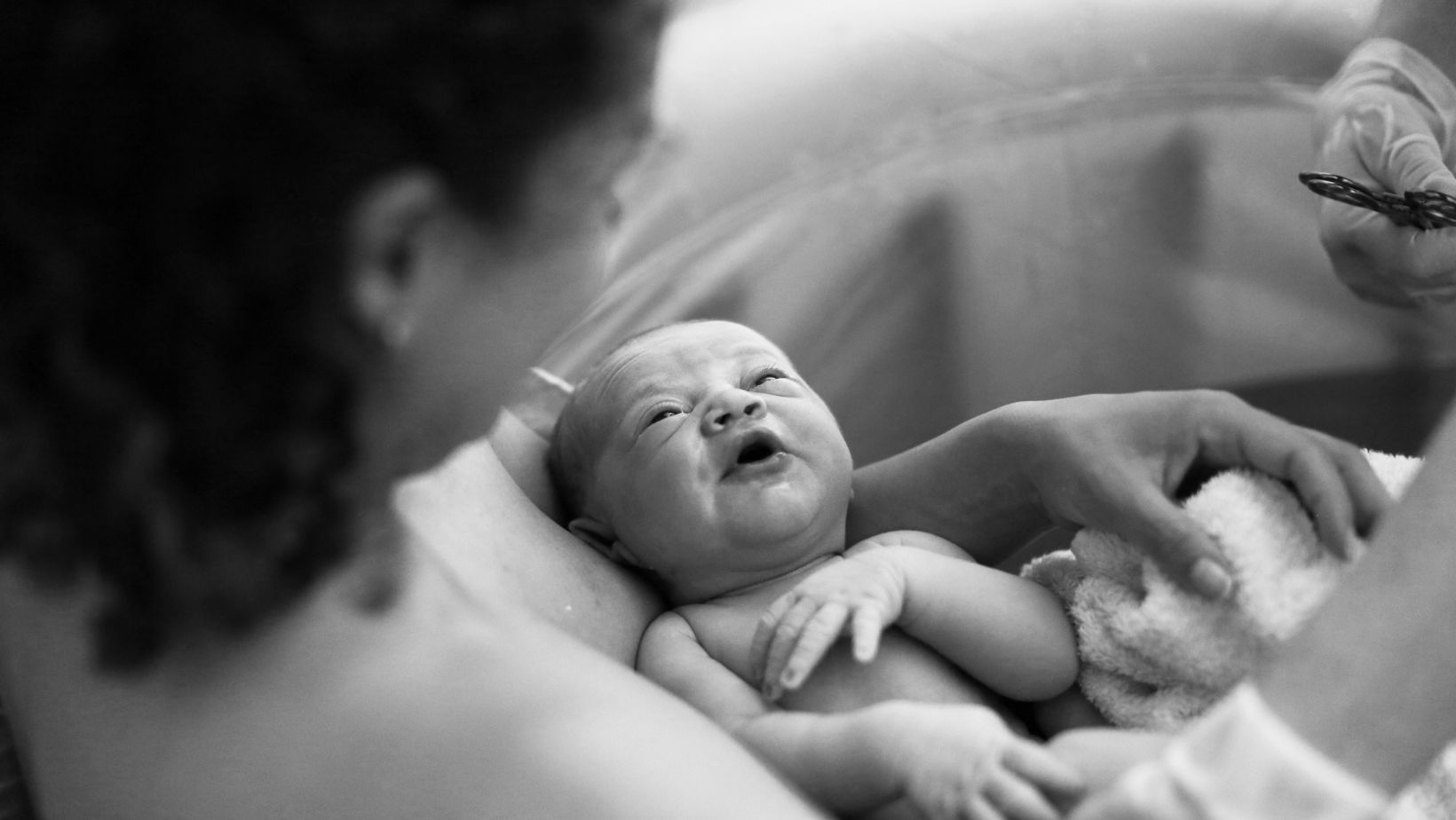
A birth injury can upend a family’s life in minutes, and parents in Orlando need clear guidance about legal options, medical care, and timelines. This article focuses on how to tell whether an infant’s harm resulted from an unavoidable complication or from medical malpractice, and what steps families often take next. You will find plain explanations, examples, and a straightforward summary of the filing process for claims in Florida. If you want help right away, Orlando birth injury lawyers at Freidin Brown can review records and explain the next steps for your family.
Understanding Birth Injuries Versus Medical Malpractice
Not every problem that occurs during delivery qualifies as a legal claim, so it helps to separate medical outcomes from provider misconduct. A birth injury describes physical harm to a newborn that occurs around the time of labor or delivery, regardless of fault. Medical malpractice requires proof that a health care professional breached the standard of care and that this breach caused harm that a competent provider could reasonably have prevented. Knowing the distinction helps families decide whether to pursue medical records review, expert opinions, or a legal claim.
Providers work under pressure, and some newborn injuries result from unavoidable risk even when teams act properly. Conversely, mistakes such as delayed C-section, improper use of forceps, or missed signs of fetal distress can amount to malpractice when those errors cause injury. Parents should document conversations, get copies of charts, and ask for a prompt medical records release. Those records form the basis of any independent review by pediatric or obstetric experts.
Differences Between a Birth Injury and Medical Malpractice
Below are practical points that contrast routine complications from situations likely to involve negligence, followed by concrete examples families can recognize. Use these distinctions to guide your initial questions and to decide whether to consult an attorney or a medical expert. Examples illustrate typical scenarios that commonly arise in delivery rooms and neonatal units.
- Birth injury without malpractice: Unavoidable complications such as brief oxygen shortage that resolves quickly, bruising from normal delivery, or congenital conditions discovered at birth.
- Malpractice example: Delayed recognition of prolonged fetal distress that results in hypoxic brain injury, when timely intervention like an emergency C-section would have prevented damage.
- Birth injury without malpractice: An infant born with a preexisting neurological condition that was not caused by labor or delivery.
- Malpractice example: Improper vacuum extraction that causes skull fracture or nerve damage, where accepted technique and precautions were not followed.
- Malpractice example: Failure to order or interpret fetal monitoring tracings correctly, leading to a preventable injury.
These examples do not cover every fact pattern, but they do show how causation, timing, and the standard of care matter in a legal case. Experts in obstetrics and neonatology usually review records to determine whether the care met common professional standards. If experts find deviations that caused the injury, families often have grounds to file a malpractice suit.
When a Birth Injury Becomes Medical Malpractice
Not every adverse outcome justifies a lawsuit, but certain patterns point toward preventable harm and professional misconduct. Malpractice claims focus on whether the provider failed to act as a reasonably competent peer under the same circumstances, and whether that failure caused the injury. Delay, misdiagnosis, inadequate staffing, and improper technique frequently appear in malpractice cases, but each allegation needs medical expert support to succeed.
Proving malpractice usually requires testimony from qualified clinicians, timeline reconstruction, and clear links between omissions and harm. If monitoring strips, delivery notes, or orders are missing, those gaps can support claims about care lapses. Families should obtain medical records quickly and ask for an independent review to learn whether the facts meet the legal threshold for negligence.
How to File a Birth Injury Lawsuit
Filing a lawsuit after a delivery injury involves careful preparation, working with experts, and meeting Florida’s legal deadlines. Start by securing your child’s full medical records, then consult a lawyer who handles birth injury and medical malpractice cases so they can evaluate causation and damages. A well-prepared claim includes medical reports, expert opinions, and documentation of present and future care needs, such as therapy, assistive devices, and special schooling.
- Request and obtain all delivery and hospital records, neonatal charts, and transfer notes.
- Consult an attorney experienced in birth injury litigation for a case assessment and expert selection.
- Obtain expert reviews and a written opinion tying specific care failures to the infant’s injuries.
- Prepare and file a complaint, including documented damages and a demand for compensation.
- Engage in discovery, mediation, and, if needed, trial, while securing interim care and support for the child.

Each step requires coordination with medical specialists and legal counsel to preserve evidence and to quantify long-term needs for the injured child. Attorneys often work with life-care planners and rehabilitation specialists to calculate ongoing costs and to develop a fair settlement demand.
Contact an Orlando Birth Injury Lawyer Today
If your child suffered harm during delivery and you suspect preventable errors, take immediate steps to protect your child’s health and legal rights. A lawyer familiar with local hospitals, neonatal standards, and Florida deadlines can obtain records, consult experts, and advise on possible compensation for medical care, therapy, and lifelong needs. Orlando birth injury lawyers can explain how the law applies to your situation, review medical evidence, and guide you through financial and legal options. Contact a qualified attorney promptly to schedule a records review and to learn how to move forward.


















